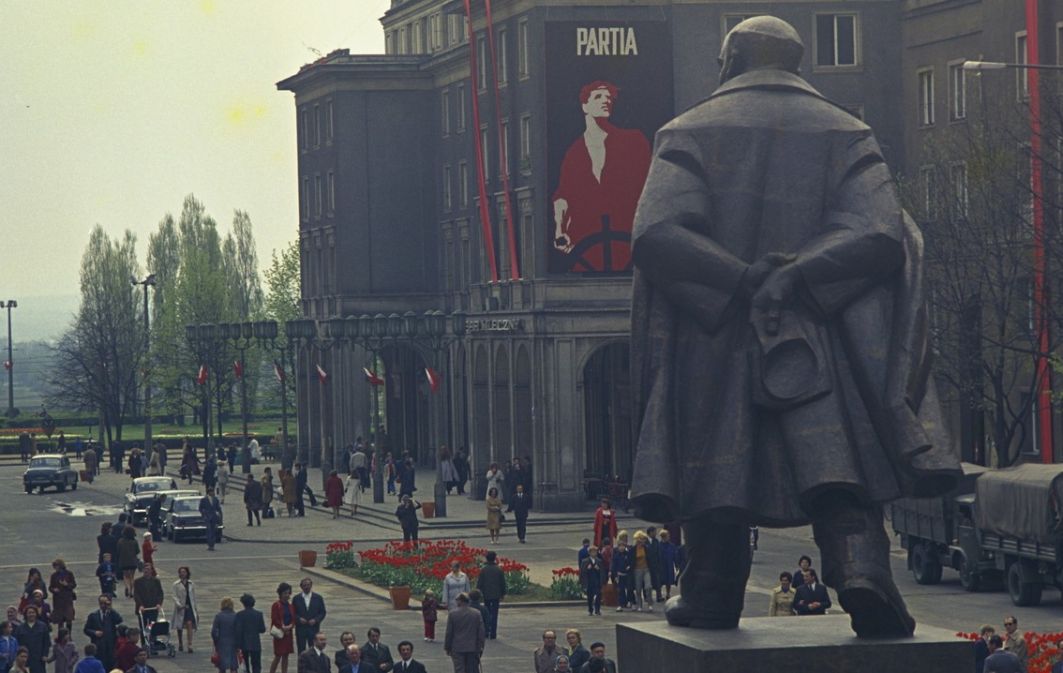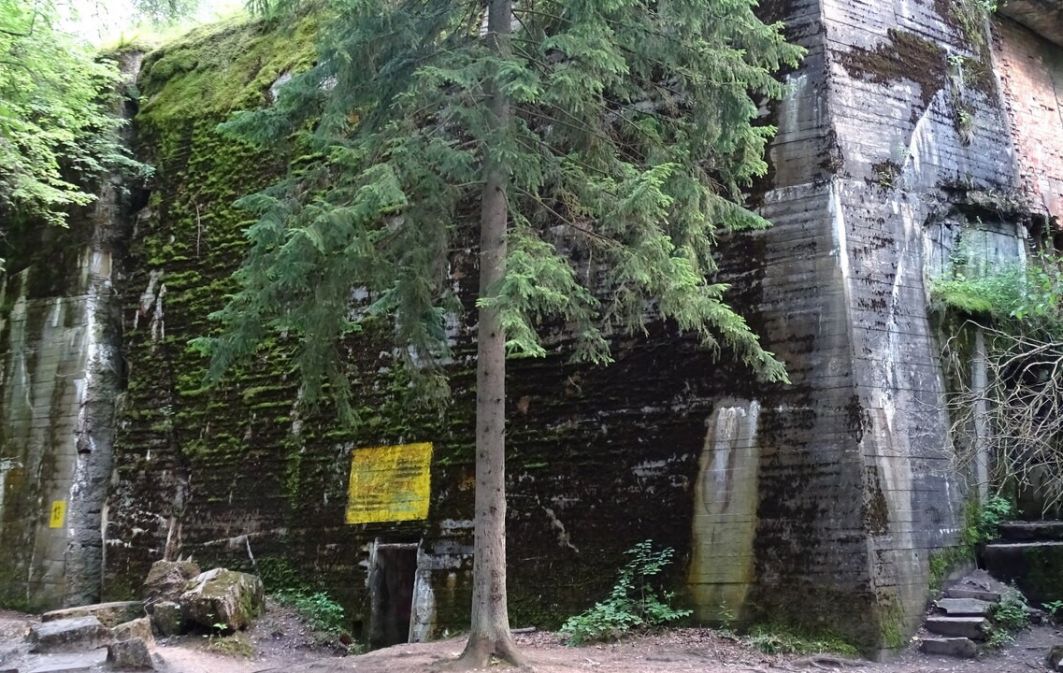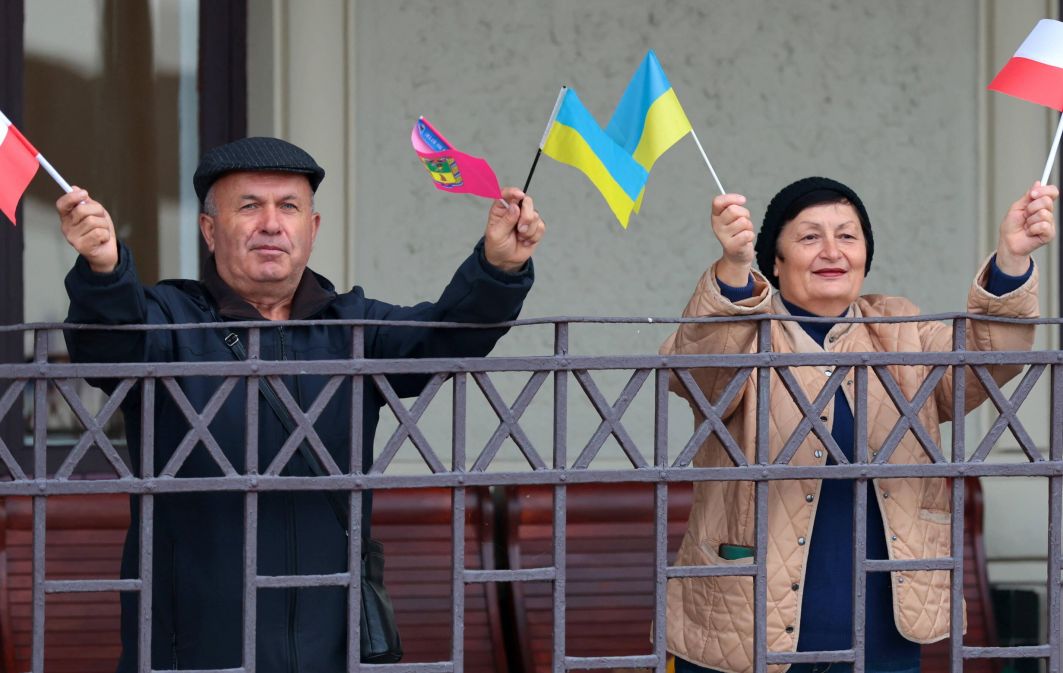Apart from the largest, the Indo-European group, people communicate in Afroasiatic languages, which until recently were known as Semito-Hamitic – from the Biblical names of Noah’s sons, Shem and Ham. There was a third son – Japheth. And the existence of a family of Japhetic languages was postulated in Soviet Russia in the 1920s by the Georgian linguist Nikolai Marr, who considered, among others, the Caucasian languages. Incidentally, Marr was also the creator of the theory of language evolution, where the main factor was supposed to be the change in social formations (the so-called Marrism). Joseph Stalin, also a Georgian, initially favoured this theory, but fortunately, the Marrists fell from grace in 1950, which ended the life of this theory. Returning to language families, we also distinguish the Ugric-Finnic, now more often called the Uralic, Caucasian, Altaic, and Sino-Tibetan. So there are many such families. It is assumed that in each family all languages should derive from a common ancestor.
Was there one proto-language for all of us, like one primaeval father Adam?
Of course, there are such theories, e.g., the Nostratic theory (“noster”, meaning “our”), which tried to connect languages under a common proto-proto-language. In 1903, the Danish linguist Holger Pedersen postulated the existence of such a hypothetical language macro-family. Supporters of this theory include at least the Indo-European, Altaic, and Uralic families in this group. But these are merely interesting intellectual constructs. With the greatest probability, we can only say that language families form a natural system. That is, there certainly were common ancestors, for example, for the Indo-European or Afroasiatic group. The problem is the so-called isolated languages, which cannot be included in any group. In Europe, for example, the Basque language, whose genetic affiliation has not yet been determined.
 SIGN UP TO OUR PAGE
SIGN UP TO OUR PAGE  The Basques biologically seem unique, possibly largely descendants of the first Paleo- and Mesolithic hunter-gatherers who appeared on our continent and survived in a mountainous enclave. And for unknown reasons, they have a lot in common with the native population of Scotland. Perhaps they simply did not abandon their “Paleolithic” language.
The Basques biologically seem unique, possibly largely descendants of the first Paleo- and Mesolithic hunter-gatherers who appeared on our continent and survived in a mountainous enclave. And for unknown reasons, they have a lot in common with the native population of Scotland. Perhaps they simply did not abandon their “Paleolithic” language.
Exactly. These are the “orphans” that cannot be attached to any tree, yet their language lives. There are assumptions that Basque is related to the Kartvelian languages of the South Caucasus, mainly Georgia. Although the surrounding group of Indo-European languages has a fairly distant, documented history of development. The oldest available texts are from 4,000 years ago and belong to the Hittite language – now extinct. We also have ancient Sanskrit texts – the earliest in the collection, the Rigveda, was probably created between 1500 and 1200 BC, although some researchers believe it was earlier. We know the most ancient and later versions of Greek and Latin, so we can compare. This allows us to find certain phonetic regularities, named sound laws, similarities in grammar, or lexicon. Which, in turn, also allows us to divide the entire group of Indo-European languages into subgroups, such as Romance (derived from Latin), Germanic, Slavic, Iranian, Indian.
And does geography matter in all this, since we name these groups after the places where populations speaking these languages live today? After all, people migrate, form “intertribal” unions, from which children are born…
Geography in naming language families is not important, precisely for the reasons you mentioned. The Indo-European peoples migrated to Europe from Asia, although exactly from where – is in linguistics more a matter of conjecture and dispute, rather than certain statements. This “half of the world” that now speaks Indo-European languages is the result of massive migrations and colonisation by the Spanish, Portuguese, English, French, or Germans to the lands of both Americas, Oceania, etc. Very historically recent, totaling a maximum of 500 years. Meanwhile, the naming, division into linguistic subgroups, is a convention. The name “Indo-European” suggests that this is how people speak in India and Europe. The Germans, of course, have their own name for this group, traditionally calling it “Indo-Germanic.” This has a lot to do with politics, both past and present…
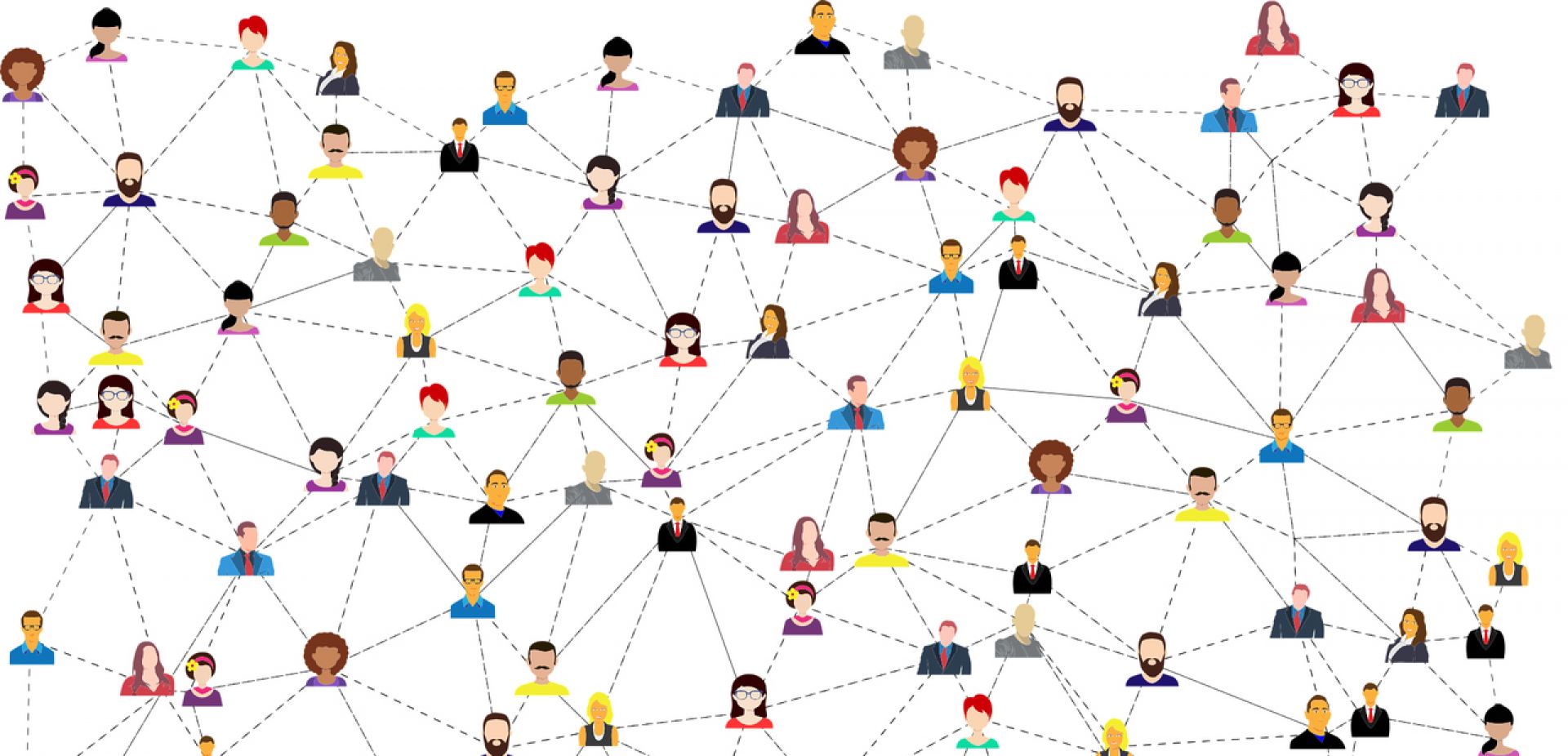
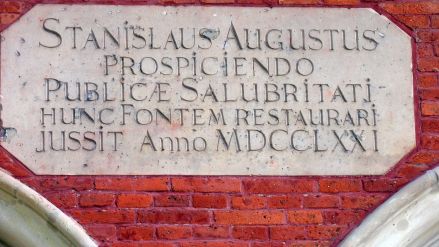
 SIGN UP TO OUR PAGE
SIGN UP TO OUR PAGE 


